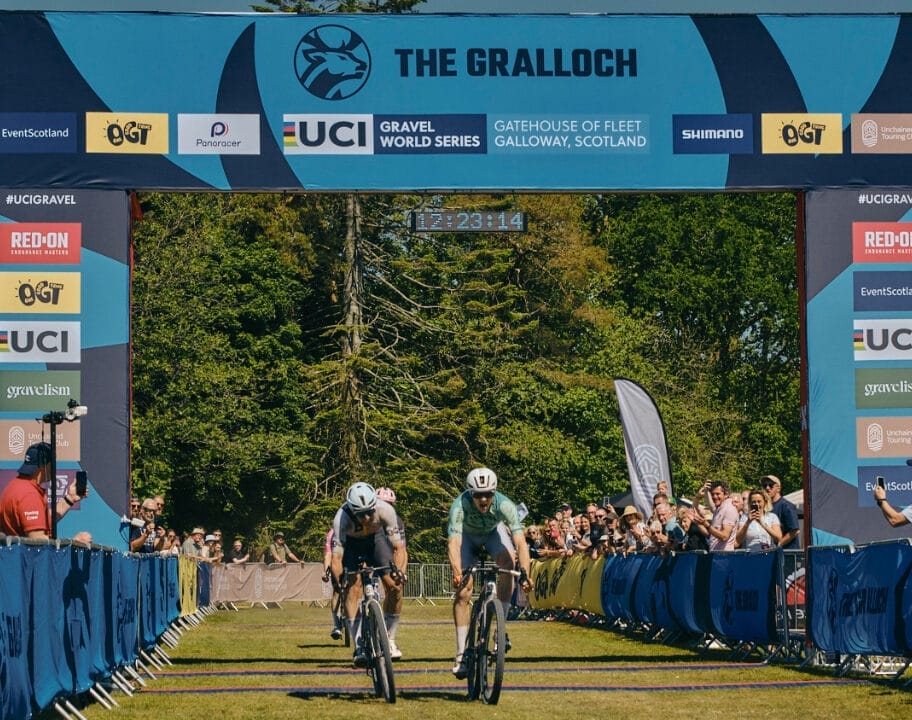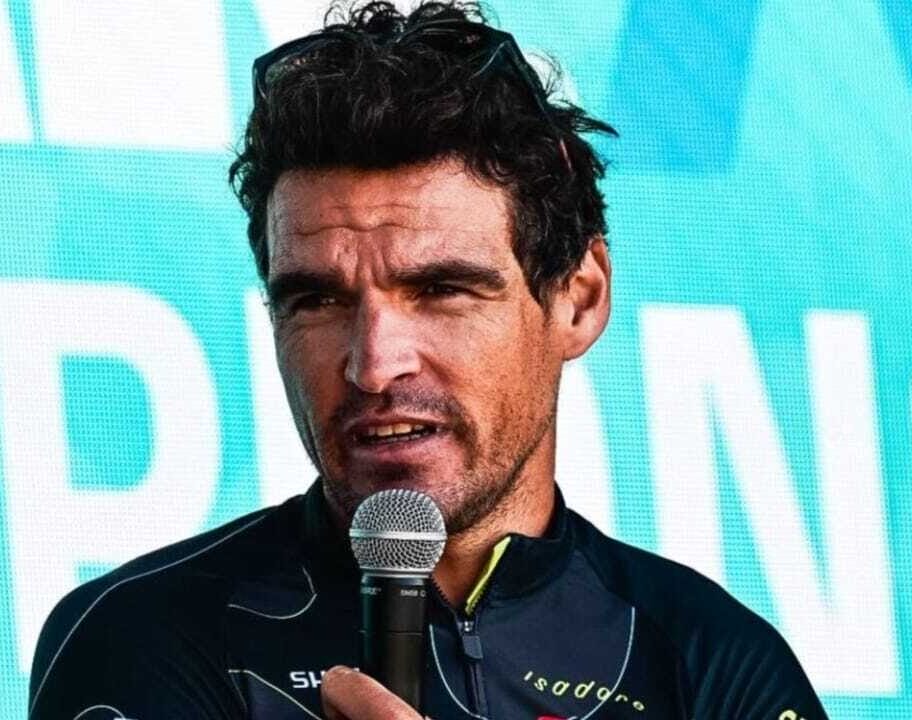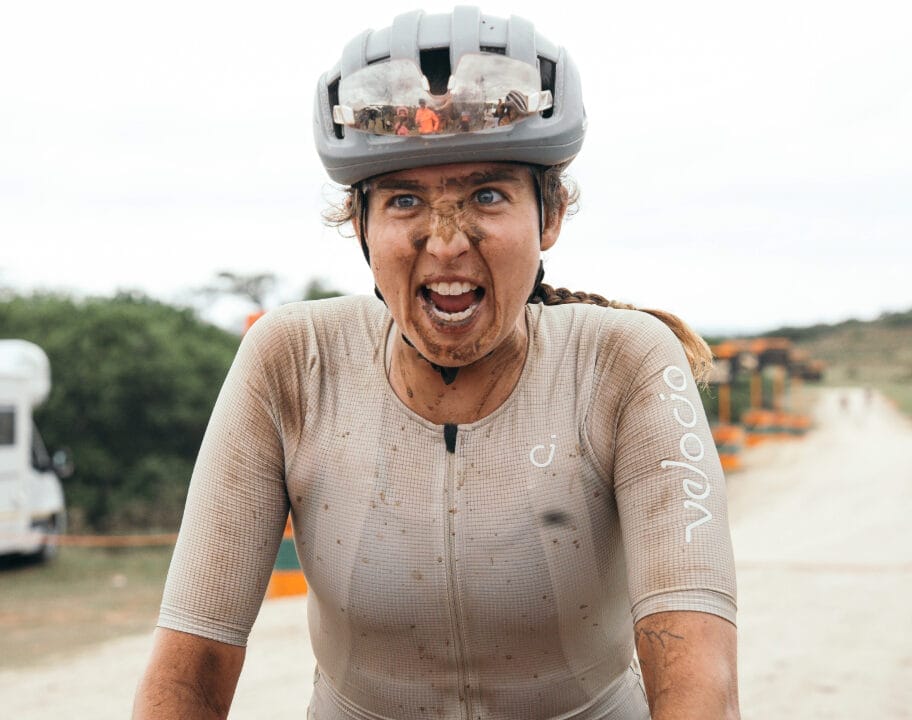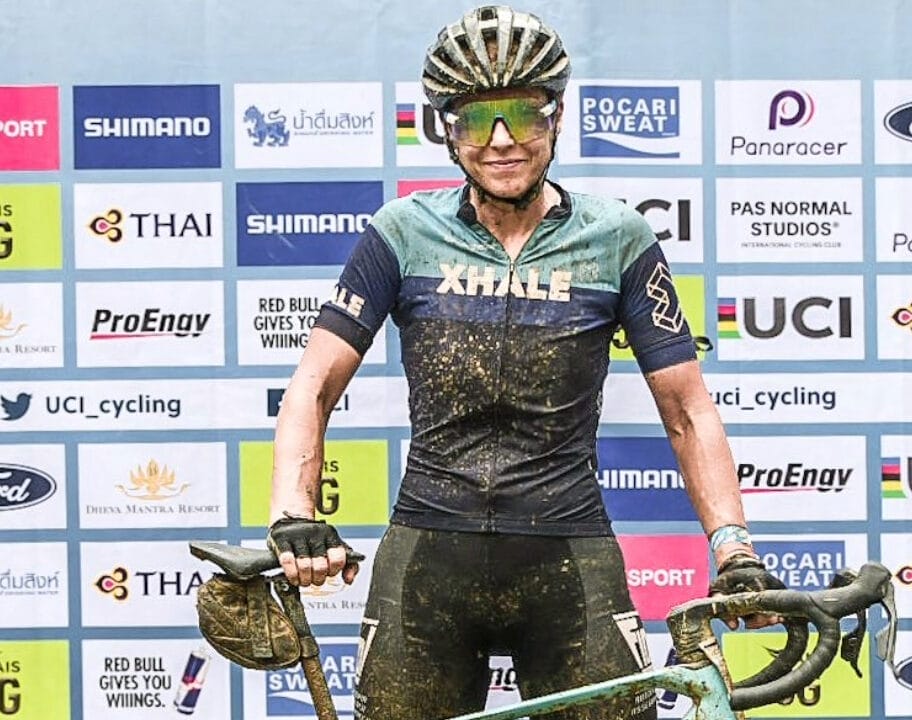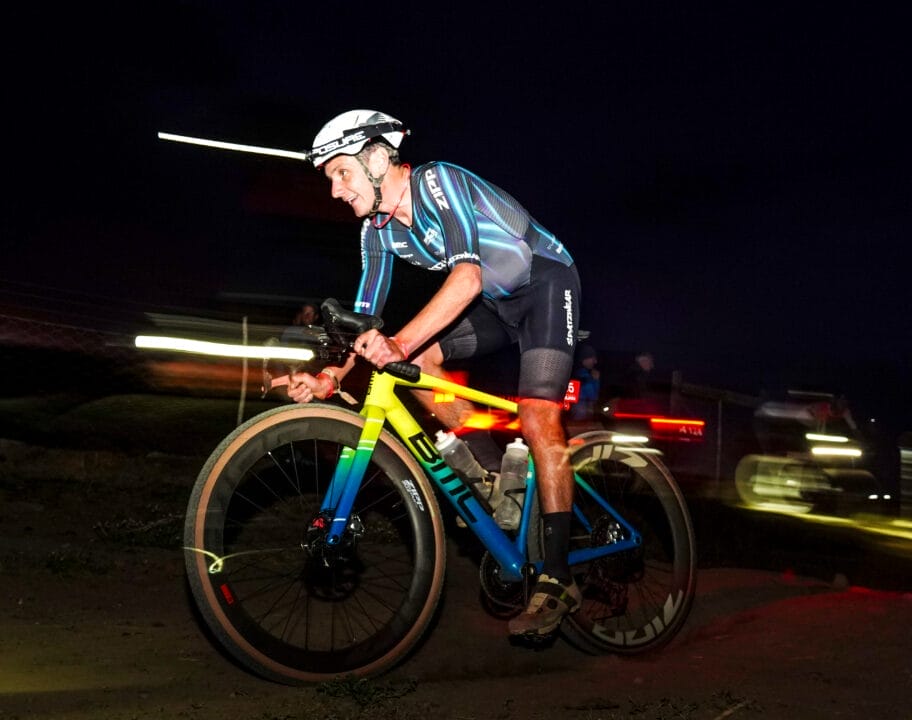Whether you’re racing against the clock, or competing for the podium. Time trialling is a great way to push your limits on two wheels. And a distance that’s growing in popularity is the 50 mile TT. Hitting that sweet spot where it’s still just about short enough that you can really push the pace, but long enough that there’s an element of strategy involved to really nail it.
If you’ve got a few 50 mile time trials under your belt and you’re ready to try and hit a new best time, I spoke to the TT expert Alex Dowsett – a former pro cyclist who specialised in time trialling and held the hour record – to get his top tips for getting faster over the distance.
Volume and ‘uncomfortable’ intensity: the staple diet for getting faster over 50 miles
I’ll get on to race day tips later on. But first of all, if you want to get faster over the 50 mile TT distance – you’re going to have to work for it in training. So what should you be focusing on? It’s all about ticking off the long steady miles to work on your endurance, and layering above pace intensity on top says Alex.
“You just can’t beat low intensity volume and ‘over unders’ as a staple diet for getting round a 50,” Dowsett explains. “The over unders can take many forms and variations; you could incorporate position changes in the unders, cadence changes in the overs and many more.”
Under over sessions typically involve completing consecutive intervals at just over and just under your target race pace or power – sitting in that comfortably-uncomfortable sweet spot that gets your body much more efficient at clearing lactate. If you’ve raced a 50 recently, take a look at your average power output and use that as a benchmark. Start with a 10-15 minute warm up and then complete repeats of 2 minutes at 5-10% above your previous average power output followed by 1 minute at 5% under. You can also use your current FTP if you haven’t got data from a recent 50 mile TT to use.
Training to get faster over 50 miles is going to involve an element of embracing the uncomfortable. “It’s all about exposing your system to above pace, and going into ‘the uncomfortable’ to drive adaptation.” Our bodies quite quickly get used to training stimulus which is when we hit a plateau, so to keep making progress you’ve got to switch things up.
How to pace a 50 mile time trial
For less experienced time trialists, having a pacing strategy can be a useful way to make sure you don’t go off too hard at the start so you can finish strong rather than significantly slowing down in the latter stages.
“50s are great, because you have to knock the intensity off a touch compared with say a 25 mile TT. I really do believe that pacing strategies can be good or bad, often depending on the athlete. The more experienced the athlete the less important I think a pacing strategy is but for a newbie the best thing about a strategy would be to hold the athlete back in the first half so the second half is strong.”
Tailor your power targets to the course
Alex explained that he doesn’t tend to favour heart rate when it comes to pacing a 50 mile TT: “I’m not a massive fan of heart rate pacing myself as it fluctuates so much depending on external influences; temperature, fatigue. Also I didn’t need a number to tell me if I was going flat out, I knew!”
“Power targets areuseful though for maximising time around the course, you may find it surprising how little power you need to do in certain parts of a course, i.e. a tailwind downhill.”
Through your training, you should have an idea of the average power you could sustain over a 50 mile TT on a flat course. But take a look at the exact course profile and adapt your power targets for different sections and the conditions. For example, if the course features an uphill followed by a downhill where you know you’re going to have a tailwind – you might be able to go harder on the uphill than you perhaps planned, because you can then use the downhill and the tailwind to recover.
Recce the course
If possible, taking the time to familiarise yourself with the course can help you to achieve your best time come race day. “A course recce is good,” explains Alex. “Maybe you don’t need to ride the whole thing for a 50 mile TT, but checking it out in the car can be a good option.”
“It’s also a good idea to ride any technical sections at race speed.” Getting to grips with how any tight corners or U-turns feel at pace will help you to ride with confidence (and avoid any nasty encounters with the tarmac) come race day.
Is aero gear actually worth it?
Ok, we can all be guilty of trying to buy free watts. But does risking the wrath of the style gods and tearing up and down your local bypass on a Sunday morning in a full skin suit, aero lid and calf sleeves actually make a difference? I was interested to get Alex’s take!
“All the aero kit does matter…depending how fast you are. If you’re looking at a 30-35kph average speed the gains from aero kit will be less than if you’re around the 45-50kph speed zone.” Still, even if you’re sitting at the ‘slower’ end of the spectrum, an aero suit is going to be faster than a flappy casual fit jersey. And I’m a firm believer that when your kit makes you feel fast, it helps you to ride better too. Basically, as ever, I’m here to be your cycling kit shopping enabler – even if you’re not going to average >45kph!
Getting in the zone – how Alex Dowsett used to get into the racing mindset
Being able to push yourself to the limit for 50 miles is as much a mental game as it is a physical one. We’ve all probably had that moment of pure dread when you’re lining up at the start point knowing you’re voluntarily setting yourself up for a couple of hours of pain! I’ve definitely found mysel questioning my life choices and thinking longingly of the nice Sunday café ride I could have been on while the time keeper counted down. So with that in mind, I wanted to know how Alex used to get himself into the zone.
“I tried to keep myself as relaxed as possible. If the race was very important I’d want to arrive on race day knowing that I’d left no stone unturned in my prep. If I had this then I could get myself into a relaxed and confident state that I could deliver the best performance I could.”
“I tried hard not to think about my opposition as that was uncontrollable. So my ‘zone’ would be making jokes and having chats, even with the time keeper in the final minutes before I started.”
Do all you can in training to prepare, and you can take to the start line with confidence in your ability to execute. Try not to waste unnecessary energy on stress and nerves – my mantra is always ‘race your race’. I can’t control how fast other people on the start sheet will ride, or how strong the head wind will be. But I can control my own effort and focus on giving everything I’ve got on the day.
Quick recap – how to get faster over a 50 mile TT
So to recap Alex’s tips, if you want to get faster over 50 miles start with optimising your training. Get the endurance Zone 2 miles in the tank so you’ve got the base aerobic fitness there to get you through ~2-2.5hrs of riding. Introduce some under-over work to get your body more efficient at working at race pace. Take the time to recce the course – even if it’s just in the car – so you can take any twists and turns safely and confidently. And depending on your experience level – either focus on holding back at the start so you can finish strong. Or if you’re a more advanced rider, take your power targets and tailor them to the specific course to cover the terrain as quickly and efficiently as possible. Happy TT’ing!
